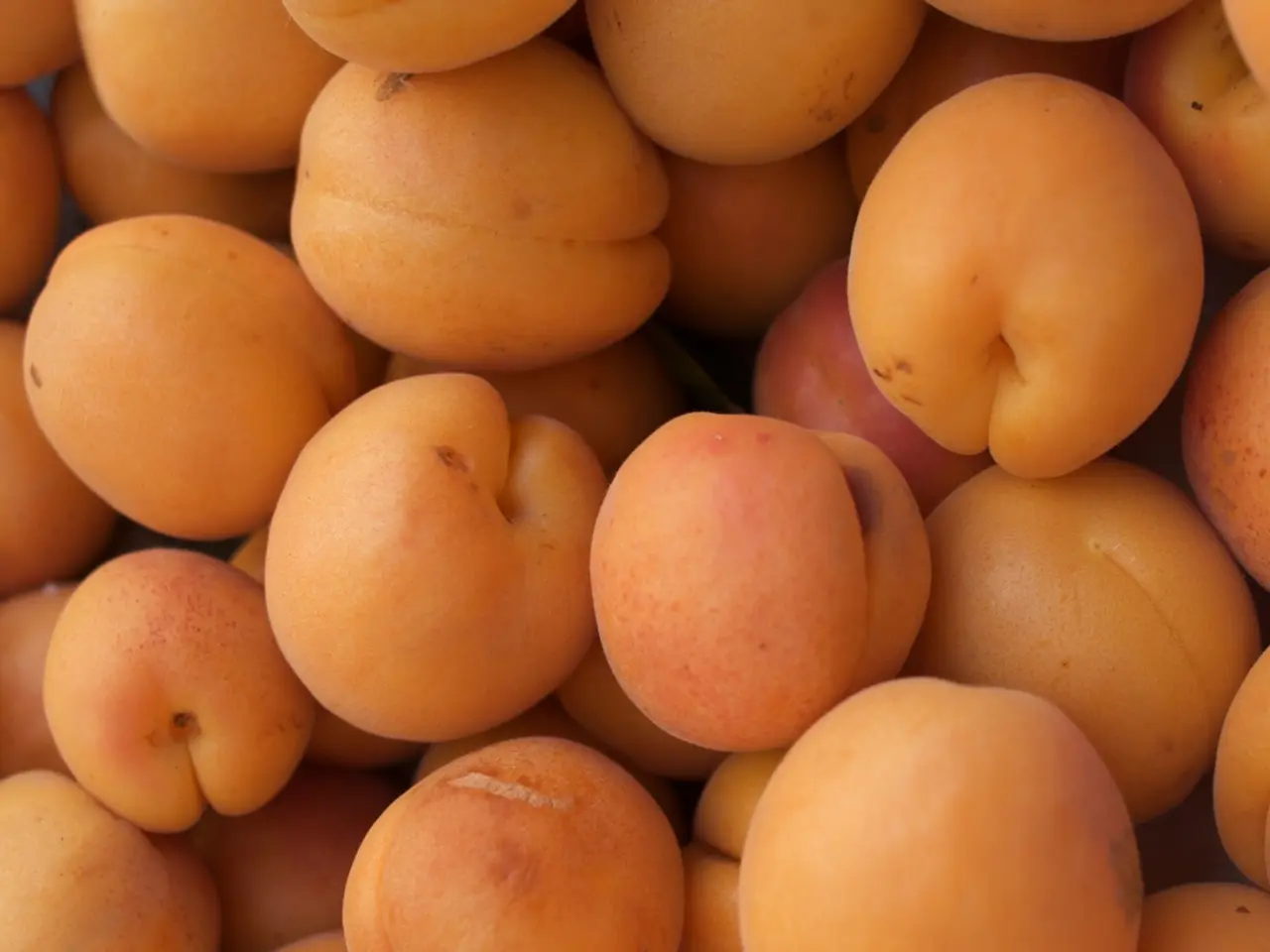Indoor Citrus Cultivation Blunders (Avoiding Them for Success)
In the pursuit of growing vibrant and fruitful citrus trees indoors, a few common pitfalls can hinder their growth. By understanding these mistakes and implementing the suggested care techniques, indoor citrus trees can flourish and produce healthy growth and fruit.
Watering Mistakes
Overwatering or underwatering can lead to root rot or dryness, respectively, resulting in leaf drop. To maintain a balanced soil moisture, use a well-draining soil mix, such as a commercial citrus mix with peat moss, perlite, and pine bark. Water only when the top inch of soil feels dry. Adjust watering by season, watering less in winter when the roots absorb less water.
Poor Drainage and Soil
Using soil that retains too much water or pots without drainage holes can suffocate the roots. To prevent this, use a well-draining potting mix and ensure the pot has adequate drainage holes. Avoid heavy, compacted soils.
Insufficient Light and Improper Tree Rotation
Citrus trees lean towards light sources and can become weak or sparse due to uneven lighting. To promote even growth, provide ample bright, direct sunlight (ideally near a south-facing window or supplemented with grow lights). Rotate the tree every two weeks to prevent leaning.
Neglecting Pruning and Size Management
Trees can become leggy, overcrowded, or too large for indoor spaces, leading to poor health. Prune citrus trees starting from their second year to maintain shape and size. For potted trees, keep them to about 4 feet tall and stop increasing pot size beyond that to prevent overgrowth. Hard prune by cutting back about half in early spring to rejuvenate if the plant is unhealthy or leggy.
Ignoring Seasonal Needs and Temperature Fluctuations
Keeping citrus trees in rooms that are too warm, not bright enough, or with fluctuating temperature can cause leaf loss and stress. To maintain stable environmental conditions, keep the tree in a bright room with temperatures that remain consistent and avoid overly warm, dry indoor areas, especially in winter.
By addressing these common mistakes with balanced watering, appropriate soil and drainage, adequate lighting and rotation, timely pruning, and stable environmental conditions, indoor citrus trees can thrive and produce healthy growth and fruit.
Ensure pots have drainage holes and never let the plant sit in standing water. Consider a humidity tray or regular misting, especially in winter. Stick your finger into the soil - if it's dry several inches down, it's time to water. Overwatering is a major killer of indoor citrus trees, while letting soil get bone dry between waterings should be avoided.
Citrus trees, such as lemons, limes, and oranges, are sensitive and have specific needs for indoor growth. Underwatering can also harm indoor citrus trees. Watering on a schedule or letting the pot sit in a saucer of water should be avoided. Placing the tree near a window with insufficient direct sunlight is a common mistake. To avoid this, choose a south-facing window, supplement with grow lights, or rotate the plant regularly. Water thoroughly, letting excess drain out.
- To maintain a healthy, fruitful indoor citrus lifestyle, it's essential to provide a well-draining home-and-garden environment, including a pot with drainage holes and a suitable potting mix.
- Gardening techniques, such as regular pruning to manage size and shape, ensuring adequate lighting, and addressing watering mistakes, play a significant role in promoting growth and fruit production in indoor citrus trees.




